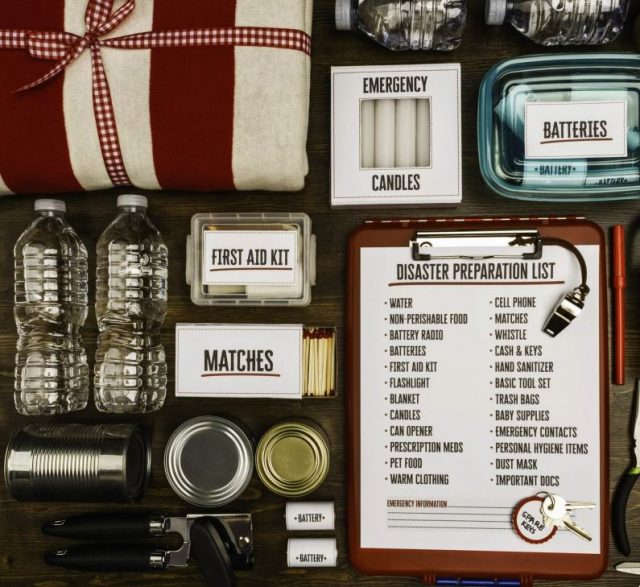
Throughout the history of the Church, leaders have counseled us to prepare our families for emergencies.
It began in the mid-1800s, when food storage was a practical way to ensure that Church members trekking across the country would survive. In the middle of the 20th century—especially during the Cold War—Church leaders worried about nuclear war and encouraged Latter-day Saints to have two years’ worth of emergency supplies.
Today, the Church recommends a smaller, more practical amount of food storage. The Gospel Topic “Food Storage” on the Church website says the following:
“We encourage members worldwide to prepare for adversity in life by having a basic supply of food and water and some money in savings. We ask that you be wise, and do not go to extremes. With careful planning, you can, over time, establish a home storage supply and a financial reserve.” (See All Is Safely Gathered In.)
What am I supposed to have in my food storage?
There are three main components of food storage:
- Food supply (three-month and long-term)
- Water supply
- Financial reserve
Store foods that are a part of your normal diet in your three-month supply. As you develop a longer-term storage, focus on food staples such as wheat, rice, pasta, oats, beans, and potatoes that can last 30 years or more. Learn more about a long-term food supply.
How much food storage do I need?
Take the amount of food you would need to purchase to feed your family for a day and multiply that by 7. That is how much food you would need for a one-week supply. Once you have a week’s supply, you can gradually expand it to a month, and eventually three months.
For longer-term needs, and where permitted, gradually build a supply of food that will last a long time and that you can use to stay alive, such as wheat, white rice, and beans. A portion of these items may be rotated in your three-month supply. (See All Is Safely Gathered In.)
Beyond having a supply of food, the Church’s Gospel Topics page “Emergency Preparedness” recommends having the following supplies for emergencies:
- Clothing and bedding
- Drinking water
- Financial reserves
- Important documents
- Medication and first aid supplies
- Ways to communicate with family following a disaster
Learn more in the LDS Living article “What’s the Church’s current recommendation on food storage?”

Thank you for this service, may we continue to prepare ourselves & family for the calamities about us, If ye are prepared, ye need not fear.
The oatmeal that I bought from the church seems to be bad but it is suppose to be good for 30 years and it has only been 10. what can I do????
Everyone says “used to be two years” but no one cites a source. Urban legend. Cite a source and I will believe it.